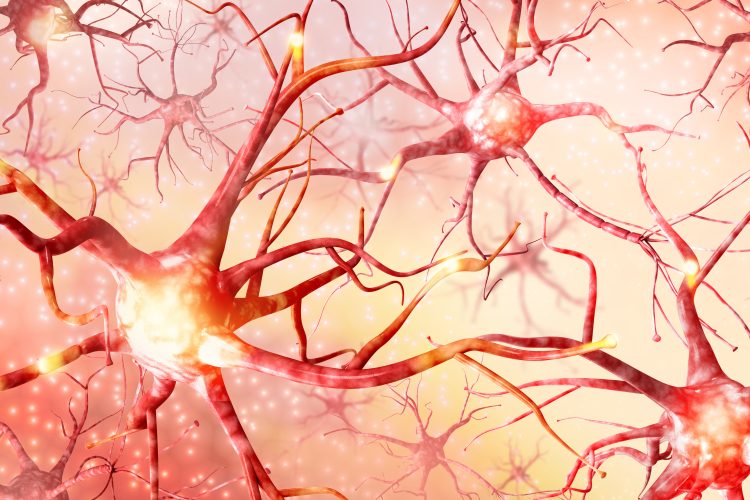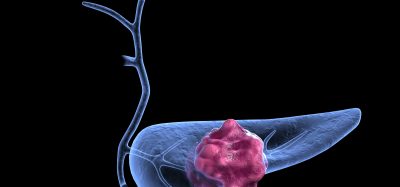Scientists elucidate the mechanism behind middle-aged obesity
Posted: 14 March 2024 | Drug Target Review | No comments yet
New findings show that age-related MC4R+ cilia shortening causes middle-aged obesity and leptin resistance, which could lead to obesity treatment.

A team of researchers at Nagoya University School of Medicine have discovered that middle-age obesity is caused by age-related changes in the shape of hypothalamic neurons. As humans age, they become more prone to obesity and then have an increased susceptibility to chronic diseases such as diabetes and hyperlipidaemia. Previous studies have suggested that middle-age weight gain is caused by a decline in overall metabolism due to aging, but the mechanism was unclear.
In the new study, the researchers initially investigated the distribution of melanocortin-4 receptor (MC4R) proteins in the rat brain by utilising an antibody they developed specifically to make MC4Rs visible. MC4Rs detect overnutrition and regulate metabolism and appetite to prevent obesity.
Discovering that that MC4Rs are present exclusively in primary cilia of specific groups of hypothalamic neurons, they next investigated the length of the primary cilia that had MC4Rs (MC4R+ cilia) in the brains of 9-week-old (young) rats and 6-month-old (middle-age) rats. MC4R+ cilia in middle-aged rats were significantly shorter than those in young rats. Accordingly, the metabolism and the fat-burning capacity of middle-aged rats were much lower than those of young rats. Lead author of the study Dr Kazuhiro Nakamura from the Nagoya University Graduate School of Medicine, commented: “We believe that a similar mechanism exists in humans as well…We hope our finding will lead to a fundamental treatment for obesity.”
MC4R+ cilia in rats were then analysed under different dietary conditions. In rats on a normal diet, MC4R+ cilia gradually shortened with age. In comparison, MC4R+ cilia in rats on a high-fat diet shortened at a faster pace, while those in rats on a restricted diet shortened at a slower pace. Notably, MC4R+ cilia that once disappeared with age were regenerated in rats raised under two months of dietary restriction.
The team also used genetic technologies to make MC4R+ cilia shorter in young rats, who subsequently exhibited increased food intake and decreased metabolism, resulting in weight gain. To explore whether the leptin hormone, thought to reduce food intake, could exert anti-obesity effects, the researchers administered it to the brains of rats with artificially shortened MC4R+ cilia. However, the rats’ appetite was not reduced. First author of the study Dr Manami Oya added: “This phenomenon, called leptin resistance, is often observed in obese human patients as well. This is an obstacle to the treatment of obesity, but the cause has long been unknown.”
He continued: “In obese patients, adipose tissue secretes excessive leptin, which triggers the chronic action of melanocortin. Our study suggests that this may promote the age-related shortening of MC4R+ cilia and put animals into a downward spiral where melanocortin becomes ineffective, increasing the risk of obesity.”
The study concluded that middle-age obesity and leptin resistance in rats was caused by the age-related shortening of MC4R+ cilia. However, the researchers noted that that dietary restriction is one method to prevent and treat obesity. Dr Nakamura said: “Moderate eating habits could maintain MC4R+ cilia long enough to keep the brain’s anti-obesity system in good shape even as we age.”
This research was conducted in collaboration with Nagoya University Research Institute of Environmental Medicine, Osaka University and the University of Tokyo.
This study was published in Cell Metabolism.
Related topics
Drug Targets, Neurons, Therapeutics
Related conditions
Obesity







